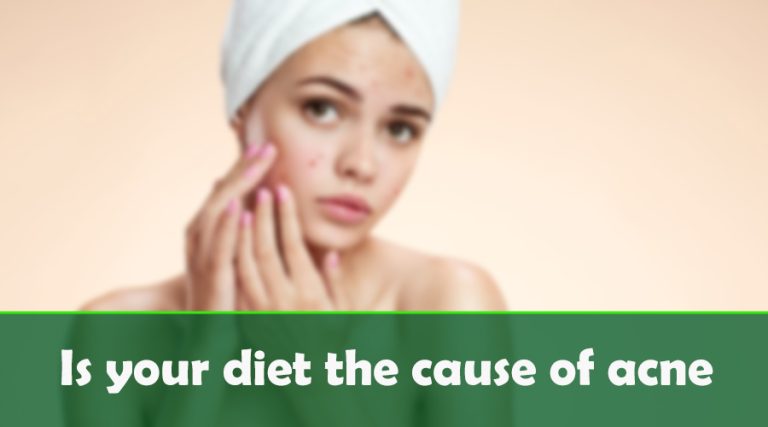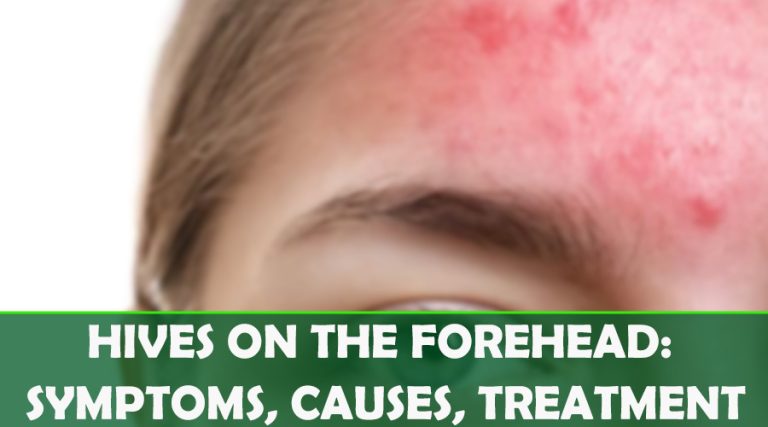How to get rid of melasma?

There is no one-size-fits-all approach to getting rid of melasma, but there are a few things you can do to help. First, make sure you are using sun dianabol tablets legal in uk protection every day. Second, get regular facials and use a light skincare regimen. Finally, take supplements that sos-preteurpro.com target melasma such as licorice root or ginger. In this blog post, let’s
What is melasma?
Melasma is a skin condition that causes dark patches of light brown or tan skin. The patches often occur on the forehead, cheeks, chin, and nose. Melasma is more common in women than men and it can be caused by the sun, hormones, and some medications. There is no cure for melasma, but treatments can help reduce the severity and appearance of the condition.

The best way to get rid of melasma is by getting regular facials and using a skincare regimen that targets the condition. You need to take supplements that target the condition as well, such as licorice root or ginger. Melasma is often caused by sun exposure, hormonal changes, and some medications. Sun exposure can also cause wrinkles, so you should wear sunscreen every day to help prevent melasma.
Causes melasma
Melasma is an irregularly pigmented skin condition that can occur in any part of the body. It most commonly occurs on the face, but it can also occur on the neck, chest, and arms. Melasma patches are caused by a combination of genetics and environmental factors, including sun exposure and hormones. There is currently no cure for melasma, but there are treatments that can help improve its appearance.

Melasma is an irregularly pigmented skin condition that can occur in any part of the body. It most commonly occurs on the face or facial melasma, but it can also occur on the neck, chest, and arms. Melasma is caused by a combination of genetics and environmental factors, including sun exposure and hormones.
Recently, research has found that blue light emitted from light bulbs, computer screens and other electronic devices can worsen melasma. There is currently no cure for melasma, but there are treatments that can help improve its appearance.
Symptoms melasma
Melasma, also known as sun tanning syndrome, is a skin condition caused by the build-up of dark pigment around the skin’s surface. The most common areas affected are the face, neck, and chest. Developing melasma can be mild or severe, and may vary in intensity from one person to another.

It usually appears around the age of 25 and tends to get better with age. There is no single cause for melasma, and it is not clear what causes it to develop. Some people may be more susceptible than others, and there is no cure for melasma. Treatment typically involves using sunscreen and avoiding sunlight exposure when the condition is most active for it may worsen melasma.
It is a type of hyperpigmentation. It is the opposite of hypopigmentation, which is the loss of pigment in the skin. Melasma is caused by the overproduction of melanin by pigment-producing cells in the skin. Sunscreen is a treatment for melasma. It may be applied alone, but it is often used in combination with other skin treatments.
Diagnosis melasma
Melasma is a common skin disorder that can be difficult to detect and diagnose. It’s caused by the sun’s ultraviolet (UV) rays, and it usually appears on the face, neck, chest, and arms which makes melasma worse. Melasma is treated with topical creams or injections.

Here are some tests to diagnose melasma:
- Skin patch test: Skin patch testing is a way to determine if you are allergic to a certain substance. You will need to apply the substance to a small area of your skin and wait 24 hours. If you have a reaction, the patch test will show it.
- Wood’s lamp examination: Wood’s lamp examination is a medical test used to diagnose eye diseases. It is also used to check for vision problems in children. The exam involves shining a bright light into one of the eyes and using a mirror to see if the person can see properly.
- Ultraviolet light examination: Ultraviolet light examination is a common procedure used to diagnose skin conditions. The ultraviolet light can penetrate the skin and see inside the skin to determine if there are any problems.
- Reflectance confocal microscopy: Reflectance confocal microscopy is a powerful tool used in microscopy that uses a laser to illuminate the sample and measure the amount of light that is reflected back from the sample. By comparing the reflection data from different parts of the sample, it is possible to determine the location and structure of the object being observed.
- Microscopic examination: Microscopic examination is a technique used to view objects and tissues at a very small size. By using specific lenses and other devices, the examiner can see objects that would be difficult or impossible to see with the naked eye. This type of examination can be used to diagnose medical conditions, identify injuries, and determine the cause of death.
- Histopathologic examination: Histopathologic examination is a standard procedure in the diagnosis of various diseases. The examination of tissue samples under a microscope allows for the detection and characterization of abnormalities. Histopathology can provide information about the nature and extent of disease, as well as its stage and prognosis.
Treatment options
There are many options for treating melasma, but the most common treatments are topical lotions or creams. These treatments can help lighten the skin and improve its appearance. Some people may also need to see a dermatologist for treatment.
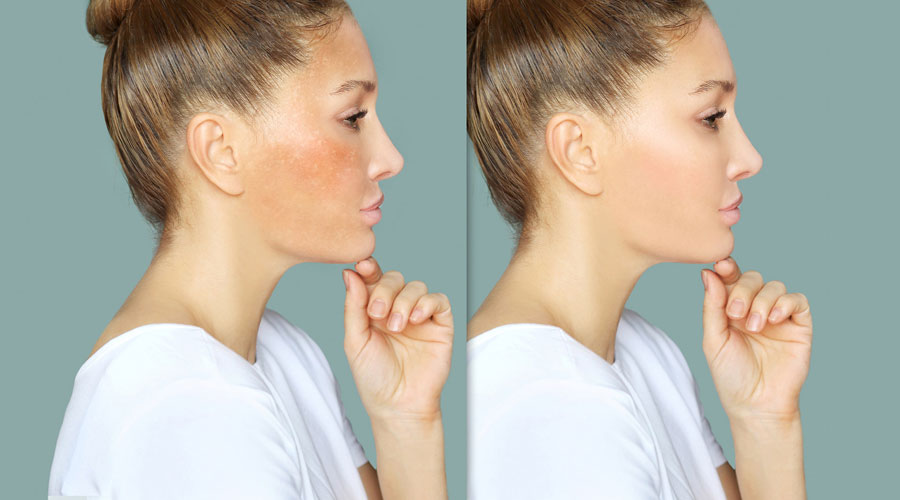
Treatment options include:
- Topical treatments: Topical and oral treatments are applied to the skin and include a variety of products. There are many topical treatment medications available for treating melasma. These can be used alone or in combination with other treatments.
- Retinoids: Retinoids, such as tretinoin (Vitamin A), are the most effective treatment for melasma. They help slow or stop the production of melanocytes, which causes hyperpigmentation.
- Hydroquinone: Hydroquinone is a medication used to treat hyperpigmentation. It works by lightening skin. Retinoids, hydroquinone, and other medications are usually used together for maximum effectiveness.
- Azelaic acid: Azelaic acid is a medication used to treat hyperpigmentation. It works by reducing the amount of melanin produced by the body and may also help to prevent new moles from forming.
- Vitamin C: Vitamin C is an antioxidant that helps to lighten skin. It is often used in combination with other treatments to help reduce the appearance of hyperpigmentation.
Best available melasma treatments
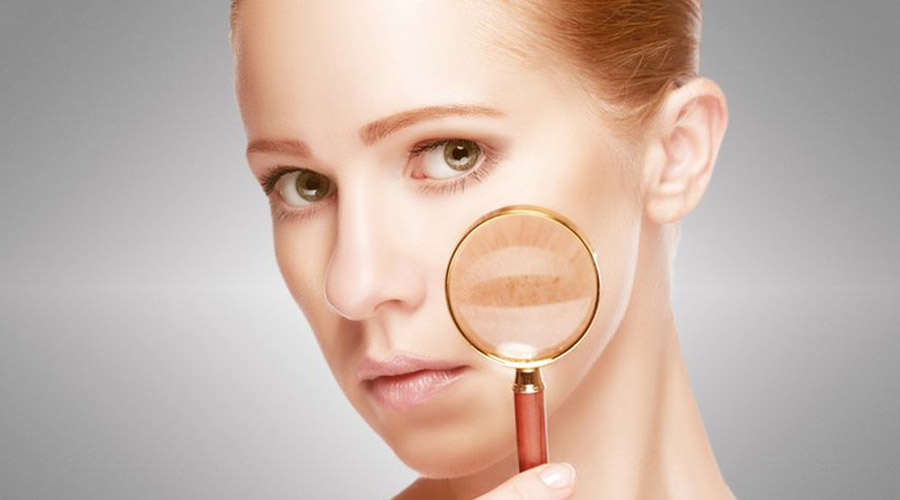
There are many available melasma treatments, but which one is the best for you? This question can be difficult to answer due to the variety of melasma severity and personal preferences. Some people prefer laser treatment while others may find that combination therapy or medications work better for them. The most important thing is to find a treatment plan that fits your specific needs and expectations.
Prescription medicated topical creams

Topical medications are a very popular form of medication. They are easy to apply, and they are absorbed into the skin quickly. Some people use topical medications to treat problems such as eczema, psoriasis, or rosacea.
Microneedling
Microneedling is a new treatment option that uses tiny needles to stimulate nerve growth and regeneration. The procedure is performed by injecting small quantities of a local anesthetic into the skin, which causes inflammation and then numbs the area.
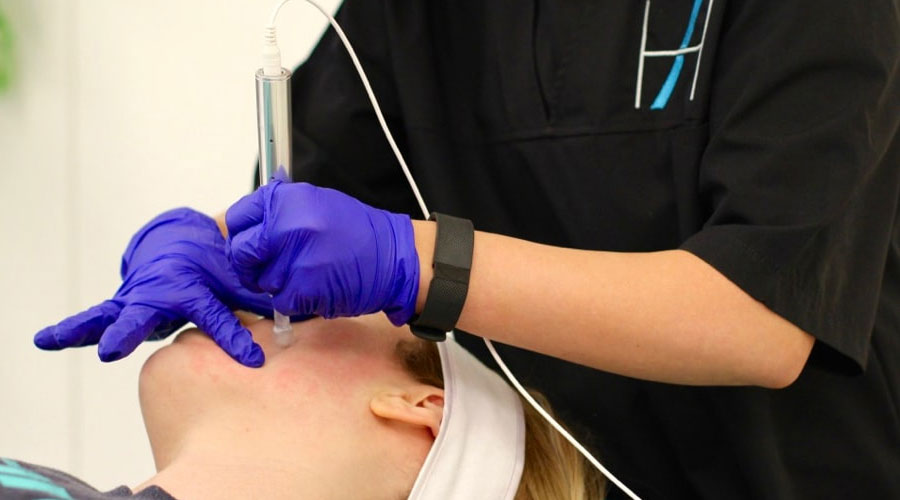
Microneedling is used to treat a variety of conditions, including wrinkles, scars, stretch marks, varicose veins, and psoriasis. Thermography is a treatment used to diagnose skin conditions and evaluate the health of the body. It uses heat to activate specific temperature sensors in photoelectric cells and then analyzes the signals.
Lasers

There are many different types of lasers, each with its own unique properties. Lasers can be used for a variety of applications, from cutting materials to surgery. The most common type of laser is the diode laser, which emits a beam of light through a small hole. Active Lenses are used to treat many different conditions. They may be used for vision correction, such as presbyopia and astigmatism.
Chemical facial peels
The use of chemical facial peels has been around for centuries. The peel is a thin layer of the skin that is removed with a chemical solution. Peels are used to treat conditions such as acne, scarring, and wrinkles. Chemical peels can be done in a variety of ways including dermabrasion, acid resurfacing, and laser resurfacing.

There are many different types of lasers that may be used in surgery. The most common type of laser is the diode laser, which emits a beam of light through a small hole. Active Lenses are used to treat many different conditions.
Melasma treatment at home
In the past, melasma was usually treated with prescription medications such as hydroquinone and tretinoin. However, these treatments can be harsh and may have side effects. There are now a number of natural remedies that can be used to treat melasma. Some of the most popular include milk thistle extract, curcumin, and retinoids such as tazarotene.

It is important to speak with a board-certified dermatologist before beginning any treatment plan, as not all of these remedies are appropriate for everyone. Treatments that are more invasive and less effective include laser treatments, chemical peels, and ablative lasers. Laser treatments tend to be expensive and may cause significant side effects. Some laser treatments can also cause hyperpigmentation if not used properly.
What permanent melasma removal options are there?
There are many permanent melasma removal options available to those seeking help. In most cases, multiple treatments will be necessary in order to achieve the desired results. Some options include laser therapy, chemical peels, fillers, and surgery. While each option has its own risks and benefits, all of them can be very effective at removing melasma from the skin.

Melasma is a common condition that affects both men and women. It is often more noticeable in darker skin tones. Although melasma can occur at any age, it is most commonly seen in women during their childbearing years.
Inference
In conclusion, there are many ways to get rid of melasma. While some people may opt for over-the-counter treatments, others may need to see a dermatologist for prescription medication. There are also a few natural remedies that can be effective in treating melasma. No matter what method is chosen, it is important to be patient and consistent with the treatment plan in order to achieve the best results. Thanks for reading!
FAQ
WHAT IS THE MOST EFFECTIVE TREATMENT FOR MELASMA?
The most effective treatment for melasma is a topical cream that contains hydroquinone. Other treatments that may be helpful include light therapy, surgery, and laser treatment.
DOES HYPERPIGMENTATION GO AWAY WITH AGE?
In today’s society, it is common to see people with hyperpigmentation. This is due to the fact that many people are using sunscreens and cosmetics that are not good for their skin. Hyperpigmentation can be a problem for people of all ages, but it becomes more common as we age. There are a few things that can help reduce or even eliminate the appearance of hyperpigmentation.
First, make sure you are using sunscreen that is safe for your skin, and always wear clothing that covers your skin. Second, eat a healthy diet and don’t smoke cigarettes or use other tobacco products. Lastly, get regular check-ups with your doctor to ensure you aren’t experiencing any other health problems that could be causing your hyperpigmentation.
HOW DO I CURE MY MELASMA NATURALLY?
Melasma is a skin disorder that can be caused by the sun, hormones, birth control pills, and genetics. There is no one-size-fits-all cure for melasma, but there are treatments that can help. Some people find relief from topical creams and lighteners, others use prescription medications or light therapies.
You can also try natural remedies like over-the-counter hydroquinone or nortriptyline. Talk to your doctor about what might work best for you. Melasma is a skin disorder that can be caused by the sun, hormones, birth control pills, and genetics. There is no one-size-fits-all cure for melasma, but there are treatments that can help.
WHAT PROCEDURES GET RID OF MELASMA?
Melasma, a benign skin condition, is caused by an overproduction of the pigment melanin. There are many procedures that can be used to treat melasma, but each has its own set of risks and benefits. Some of the most common procedures include topical medications, laser therapy, and cryotherapy.
The most common treatment for melasma is topical medications that help to block the excess pigment from being produced in the first place, such as hydroquinone and kojic acid. Other topical medications include retinoids, alpha-hydroxy acids, and corticosteroids.
IS MELASMA TREATMENT CONSIDERED COSMETIC?
Are there any medical benefits to treating melasma? While the jury is still out on this one, many dermatologists believe that some degree of treatment may be warranted for those with melasma who are unhappy with their appearance. Treatments currently available include antibiotics and topical creams and Lotions.
Some people report improved skin tone after using these treatments, but the long-term effects are unknown. Melasma is a common skin condition that can be treated with topical creams and Lotions. The best treatment for melasma is based on the severity of your symptoms, so please contact us to discuss your options.

